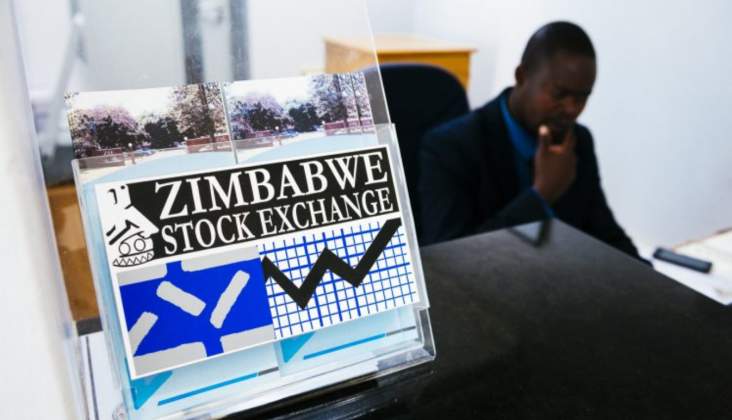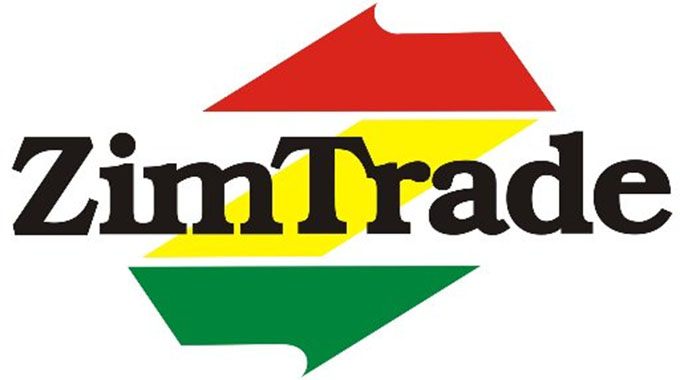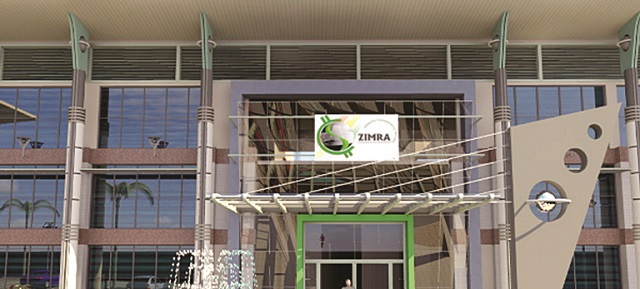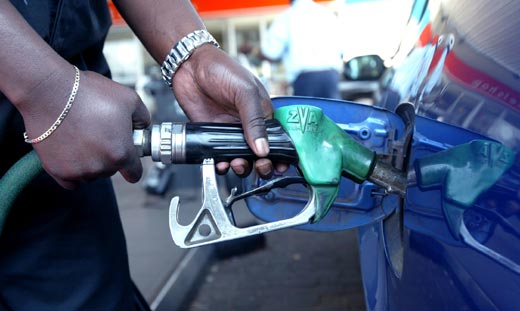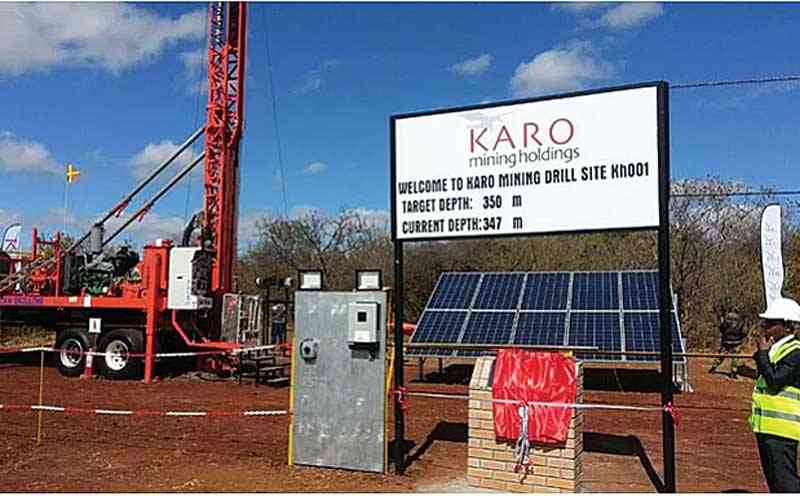‘Be patient, we’re building a multi-generational project’
Karo Platinum Holdings says the size and magnitude of its upcoming open pit platinum group metals (PGM) asset require patience and fiscal support from the government, as the project needs to follow through on all necessary requirements, inspections and procedures.
The company is developing an integrated PGM mine, which will become among the largest PGM assets in the country, producing plus or minus 190 to 200,000 ounces of PGMs on an annual basis.
Country manager, Dr Josephat Zimba, said the project is being built in a very challenging environment with the worst PGM prices in recent times.
“Sometimes people think that projects like this might happen overnight; they don’t. Typically, a mining project takes about 12 years to bring to fruition from start to operation.
“Construction here literally started in December 2022, and looking at the scale of what we have been able to achieve, including the pilot mining, we have done quite a lot in a very challenging environment,” he said in a conversation during a tour of the project.
He added that the company continues to count on the government for support in many respects, including fiscal support, to get the project to fruition.
“These are multi-generational projects that will have an impact on the number of people employed and the quality of work that is being done here. It is a project that will live for many decades to come, contributing significantly to the economy of this country,” said Zimba.
The project is being driven by competent construction managers who are geared to ensure its success.
He said the project is being spearheaded by experienced personnel who have extensive mine development knowledge, having worked and developed PGM mines locally and regionally.
Karo Platinum head of construction, Gawie Van Der Westhuizen, said the project is being driven by competent construction managers who are geared to ensure its success.
“I’m the head of construction, leading this very wonderful project that we are building here with assistance from a great team of construction managers.
“I have about 25 years of experience in construction management and there is no other industry in the world with standards like PGM mining. I moved into mining in 2006, where I started with my first platinum mine back in South Africa.
“From there I have moved on to various other projects, which I can claim, of which two of them were the Phase 2 and Phase 3 expansion projects for Ngezi, while still working for DMA Projects, where I was a part of the construction management team for 18 years,” he said.
He added that he has been in West Africa, Liberia, where he built the first commercial bulk mine; hence, this experience comes in handy to ensure the Karo Project comes out efficiently.
Zimba said the bulk of the plant equipment has been manufactured and would require at least 1 000 trucks to bring it on site.
“In that regard, we have constructed a bonded warehouse here on site so that the Zimbabwe Revenue Authority (ZIMRA) will come and do their inspections here in order to minimise delays at the border,” he said.
Karo’s parent company, Tharisa Capital, has since extended the project timeline for commissioning to June 2025 owing to a deterioration in PGM prices.
Zimba said the first phase will require about 30 megawatts of power, which the mine will get from the grid.
He said Karo has also entered into an agreement with ZETDC for the supply of that power, with the possibility to even import power from the region if there is a need to do so.
“But in parallel, we will be building a 30 megawatt solar plant, which will augment the power to Karo, with the view that any power that is generated that Karo is not utilising would be fed into the grid. So that basically is also a two-pronged power strategy at this point in time,” said Zimba.
He noted that US$5 million will be invested in the 31-kilometre power line from Selous and the transformers, as well as the upgrade of the substation.
“What we’re going to do is upgrade the solar substation; we’re putting an additional 125 MVA transformer on the solar substation, and then we want the 31-kilometre, 132 kV line to come to site, and then we’re going to step down on using 2×40 MVA transformers here on site,” he said.
Zimba said the magnitude of the project needs a lot of fiscal support to be able to deliver, more so in these times when prices are at rock bottom.
He said the company, as always, engages in discussions with the Government, which has overall been very understanding and supportive.
“We are going to engage to get things that we need support on, and these are ongoing discussions. But the Government has also realised how critical the project of this magnitude is to the country, and the fiscal support that we require pales in comparison to the benefits that we offer to the nation,” he said.
Zimba said at full operation, at least 1 000 people will be working for Karo, and with a net effect of 1 in 7, at least 7 000 additional jobs will be created.
The company has also completed the pilot mining at a cost of US$8 million and stockpiled 68 000 tonnes of ore. Zimba said the pilot project was a very useful exercise for the workers to determine how they would mine that ore body.
“I think they were comfortable and happy that they were able to mine the ore body, and from that point of view, the pilot mining was a good success, and we will have a pilot plant that will be running and operating in the not too distant future,” he said.
The Government has been calling for value addition for the PGM industry and other minerals; hence, Zimba said Karo has always considered that since the inception of the project.
“The first step for us would be to bridge the cost that we are going through, and then on the next phase, we are looking to further value add, putting additional processing capacity on the concentration units,” he said.
He, therefore, said the first phase will produce concentrates, and the second phase will look into smelting and further value addition.-ebusinessweekly


